
Ingredient
Bread
"The Staple Sustenance: Unveiling the Secrets of Bread"
Bread is a baked food product made from a dough of flour, water, yeast, and salt. It is typically leavened, resulting in a light and airy texture. Bread can vary in appearance, ranging from crusty artisan loaves to soft sandwich bread. Its taste and texture can also vary, with options ranging from nutty and hearty to light and fluffy.
Origins and history
Bread has a rich history dating back thousands of years. It is believed to have originated in ancient Egypt around 8000 BC. From there, bread-making techniques spread across the globe, becoming a staple in various cultures and cuisines. Bread holds cultural significance in many societies, often symbolizing sustenance, community, and tradition.
Nutritional information
Bread is a good source of carbohydrates, providing energy for the body. It also contains essential nutrients such as fiber, protein, vitamins, and minerals. The nutritional content can vary depending on the type of bread, but it generally contributes to a balanced diet.
Allergens
Wheat is a common allergen associated with bread, making it unsuitable for individuals with wheat allergies or gluten intolerance. Gluten-free bread options are available for those with dietary restrictions.
How to select
When selecting bread, look for loaves that are firm and springy to the touch, with a golden-brown crust. Avoid bread that feels overly soft or has a stale smell. For artisan bread, check for a crisp crust and an open crumb structure, indicating proper fermentation.
Storage recommendations
To maintain the freshness of bread, store it in a cool, dry place in a breathable bag or bread box. Avoid storing bread in the refrigerator, as it can accelerate staling. For longer-term storage, bread can be frozen and thawed as needed.
How to produce
Amateur bakers can produce bread by combining flour, water, yeast, and salt to form a dough. The dough is then kneaded, allowed to rise, shaped, and baked. With practice and experimentation, one can master the art of bread-making and create homemade loaves.
Preparation tips
Bread can be enjoyed in various ways, from simple sandwiches to elaborate French toasts. It can be toasted, grilled, or used as a base for bruschetta or crostini. When using bread in recipes, consider its texture and flavor profile to complement the dish. Stale bread can be transformed into breadcrumbs or croutons, reducing food waste.
Culinary uses
Bread is a versatile ingredient used in countless culinary applications. It serves as the foundation for sandwiches, burgers, and toast. It can be transformed into breadcrumbs for coating meats or used as a thickening agent in soups and sauces. Bread is also a key component in various desserts, such as bread pudding and French toast.
Availability
Bread is a widely available ingredient found in grocery stores, supermarkets, and bakeries worldwide.
More ingredients from this category
Recipes using Bread » Browse all

Slovak Apple Bread Pudding
Heavenly Delight: Slovak Apple Bread Pudding

Aragonese-style Alheira de Vinhais
Savory Aragonese Sausage with a Portuguese Twist

Sylheti Spiced Rabanada
Sylheti Delight: Spiced Rabanada with a Twist

Macedonian Stjerneskud
Mediterranean Sea Delight
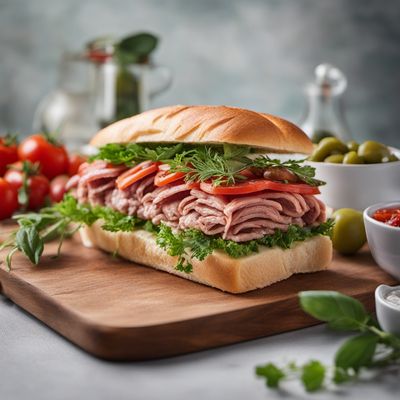
Balkan-inspired Stuffed Sandwich
Savory Delight: Balkan-inspired Stuffed Sandwich
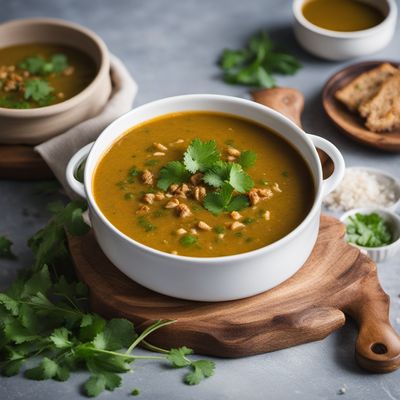
Mughlai Bread Soup
Royal Bread Delight: Mughlai Bread Soup
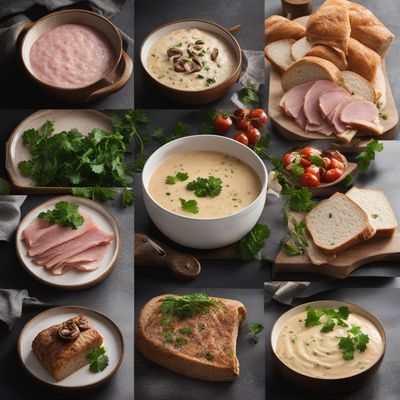
Siegerländer Krüstche
Golden Crusted German Delight
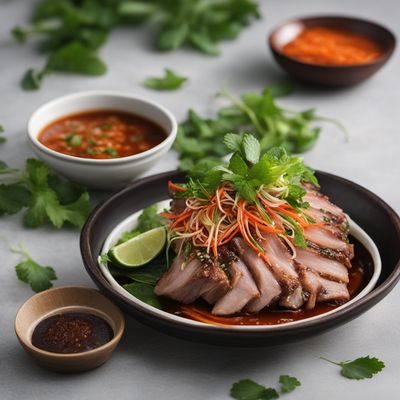
Bánh mì Chả Lụa with a Twist
Vietnamese Delight: A Modern Twist on Bánh mì Chả Lụa
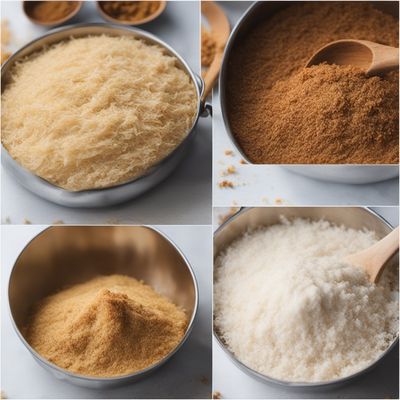
Oriya-style Coconut Bread
Coconut Delight: Oriya-style Pan de Coco

Bánh mì đặc biệt - Vietnamese Special Sandwich
Vietnamese Fusion Delight: Bánh mì đặc biệt
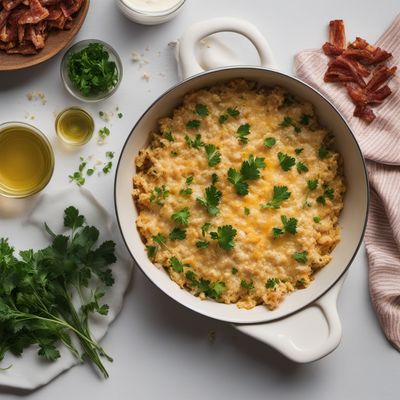
Alpine Migas with Herbed Cheese
Mountain Delight: Alpine Migas with a Cheesy Twist

Spanish-style Braised Rabbit
Savory Delight: Spanish Rabbit in Salmorejo Sauce

